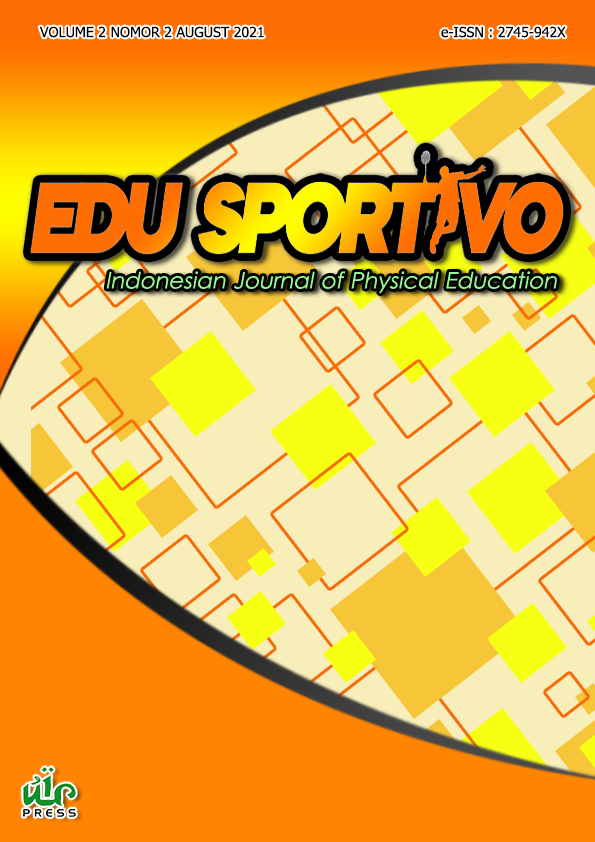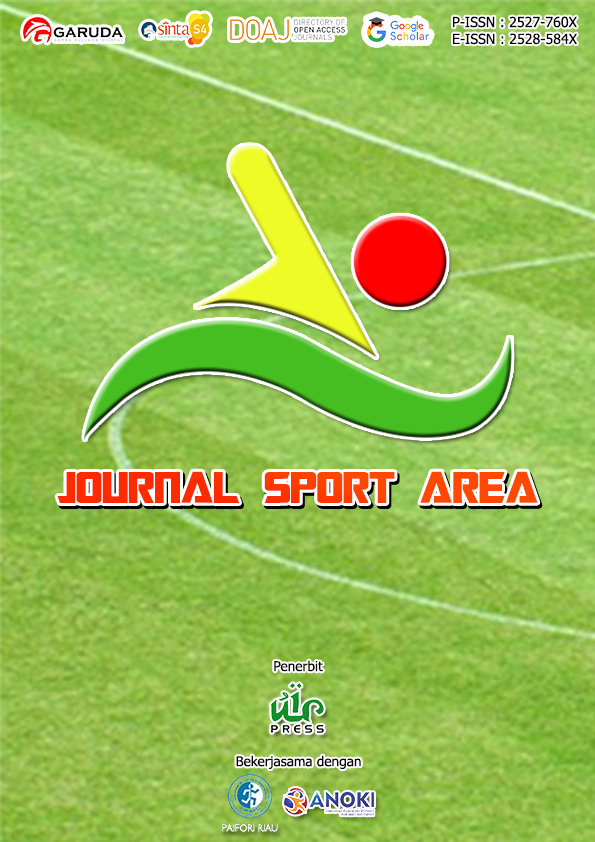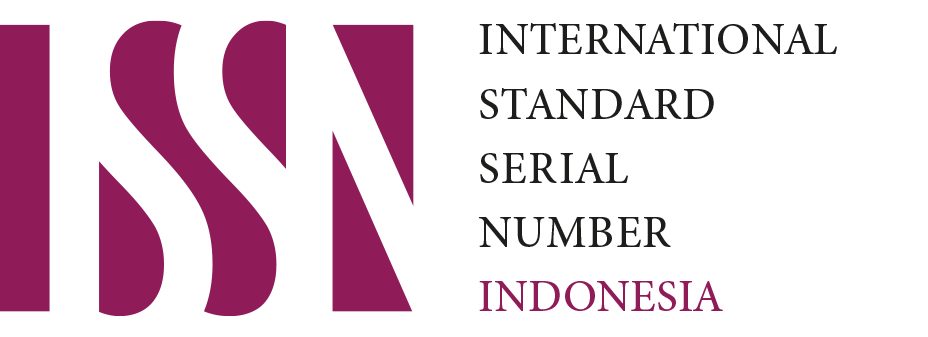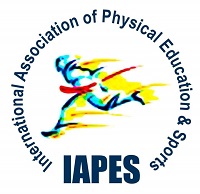Function of sports and co-curricular activities on academic achievement in secondary schools students in ex-Fata Pakistan
Keywords:
Sports, co-curricular, academic achievementAbstract
The study was designed to estimate the function of sports and co-curricular activities (CCA) on academic achievement among secondary schools students innewly merged districts in khyber Pakhtunkhwa Province ex Federally Administrative Tribal Areas (FATA). A sample size of 200 subjects was chosen from 10 high schools in the Frontier Region Kohat (FR Kohat). A questionnaire of five points likert scale after in quest of due authorization from heads of institutions was used to reach to the in facet of the recognizable truth. Arithmetical technique Mean, Percentage and Standard Deviation were run to inspect the collected records. The pollster analyze the link of sports and co-curricular contribution and its optimistic role to enhance educational performances of secondary schools students as to increase grade point average GPA. Sports and Co-curricular activities have optimistic outcome on students’ management. Those student who chip in in co-curricular activities show good performance. When learners execute these activities fruitfully and appropriately they are awarded for their first-class concert and manners and thus they take conceit on their achievement. Due to these achievement, they haul off additional, they gain improved self-confidence, poise and self-honor. Finally it was concluded that involvement in sports and co-curricular activities have an imperative result on students accomplishment score and other related activities. They achieve higher GPAs higher score in colleges admittance trial, better turnout, squat failure tariff and good physical condition performance. Furthermore schools are faced budget problems. Most of heads of institutions are not interested in sports and co-curricular activities. Most of teachers and parents consider these activities as wastage of time. Facilities are not available for students. Stuents play on their own risk because proper security are not available for partakers. Students need proper nutrition but unfortunately balance diet not available for them.
Downloads
References
Adeyemo, S. A. (2010). The relationship between students participation in school based extracurricular activities and their achievement in physics. International Journal of Science and Technology Education Research, 1(6), 111-117. https://doi.org/10.5897/IJSTER.9000032
Ames, C. (1992). Classrooms: Goals, structures, and student motivation. Journal of educational psychology, 84(3), 261. https://doi.org/10.1037/0022-0663.84.3.261
Bergen-Cico, D., & Viscomi, J. (2012). Exploring the association between campus co-curricular involvement and academic achievement. Journal of college student retention: Research, theory & practice, 14(3), 329-343. https://doi.org/10.2190/CS.14.3.c
Blase, J. & Blase, J. (1999). Effective instructional leadership: Teachers’ perspectives on how principals promote teaching and learning in schools. Journal of Educational Administration, 38(2), 130-141. https://doi.org/10.1108/09578230010320082
Castle, T. D. (1986) The relationship of extracurricular activitv involvement to I.Q., acadernic achievement, attendance, and discipline referrals at a selected midwestern high school. Unpublished Doctoral Dissertation, Drake University.
Chudgar, A., Chandra, M., Iyengar, R., & Shanker, R. (2015). School resources and student achievement: Data from rural India. Prospects, 45(4), 515-531. https://doi.org/10.1007/s11125-015-9360-3
Franchino, R. (2001). The effects of co-curricular activities on academic success. Minnesota State University, Mankato.
Gifford, V. D., & Dean, M. M. (1990). Differences in extracurricular activity participation, achievement, and attitudes toward school between ninth-grade students attending junior high school and those attending senior high school. Adolescence, 25(100), 799.
Gyanunlimited. (2011-2014). (On-line), available at Learning, TLRP Institute of Education University of http://www.gyanunlimited.com/education/co- London 20 Bedford way London WC 1 H OAL.
Hopkins, D. (2003). School Improvement for Real. London: Routledge. https://doi.org/10.4324/9780203165799
Howley, C., & Huang, G. (1991). Extracurricular Participation and Achievement: School Size as Possible Mediator of SES Influence among Individual Students.
Kariyana, I., Maphosa, C., & Mapuranga, B. (2012). The influence of learners’ participation in school co-curricular activities on academic performance: Assessment of educators’ perceptions. Journal of Social Sciences, 33(2), 137-146. https://doi.org/10.1080/09718923.2012.11893093
Khan, W., & Iqbal, M. (2014). Role of co-curricular activities in school effectiveness. Middle-East Journal of Scientific Research, 21(11), 2169-2176.
Khargharia, A. (2020). The Importance of Co-Curricular Activities in Students. 57(9): 4516-4518. https://doi.org/10.17762/pae.v57i9.1741
Madalli, R. V. (2014). Role of co curricular activities in secondary schools NSIT. India
McDonald, D., & Schultz, M. M. (2015). The annual statistical report on schools, enrollment, and staffing: United States Catholic elementary and secondary schools 2014-2015. Arlington, VA: National Catholic Educational Association.
Minogue, L., Murphy, C., & Salmons, K. (2018). Embedding learning development; a model for collaborative practice. Journal of Learning Development in Higher Education, (13), 1-11. https://doi.org/10.47408/jldhe.v0i13.443
Pascarella, E. T., & Terenzini, P. T. (2005). How college affects students: A third decade of research. San Francisco, CA: Josey Bass.
Riazameen. (2013). The Importance of Co-Curricular Activities. Retrieved from http://www.desktopclass.com/debates-and-competitons/importance-co-curricular-activitiesessay.html
Roham. (2016). Acadamic achiement through Co- curricular partakin.
Roman Catholic Archdiocese of Newark. (2017) Catholic High Schools Overview. Retrieved from https://catholicschoolsnj.org/high-school/high-school-overview/.
Sohn, M. (2012). The case for student activities. Leadership for Student Activities, NASC Edition, 41(4), 14-16.
Sonnabend, D. (2012). Co-curricular participation and student achievement. District Spring Newsletter online version.
Zehner, A. (2011). Co-curricular activities & student learning outcomes. Purdue University, Office of Institutional Assessment.
Published
How to Cite
Issue
Section
This is an open-access article distributed under the terms of the Creative Commons Attribution-ShareAlike 4.0 International License which permits unrestricted use, distribution, and reproduction in any medium. Users are allowed to read, download, copy, distribute, search, or link to full-text articles in this journal without asking by giving appropriate credit, provide a link to the license, and indicate if changes were made. All of the remix, transform, or build upon the material must distribute the contributions under the same license as the original.
Accepted 2021-08-10
Published 2021-08-18



.png)




















.png)







.png)





